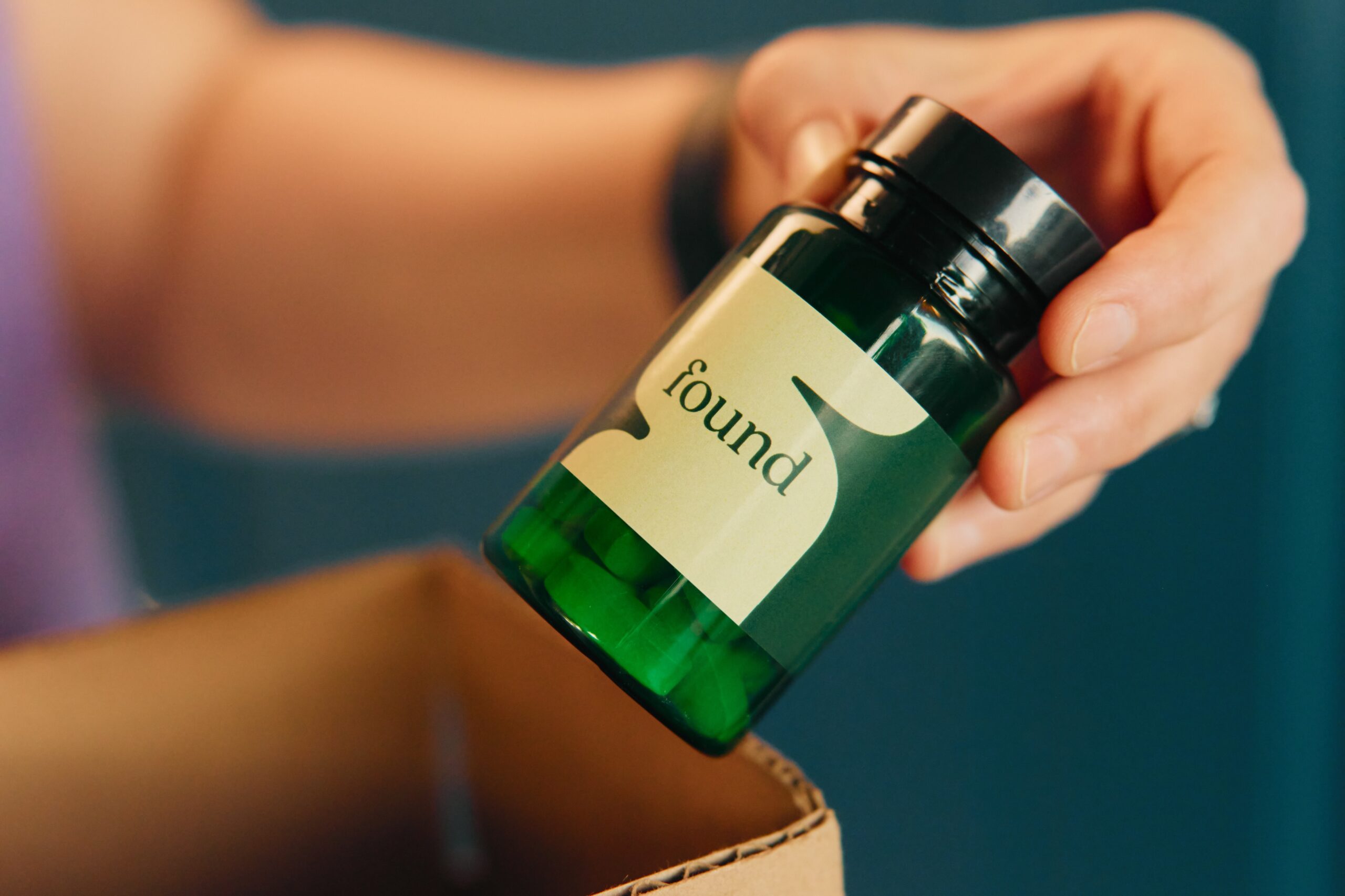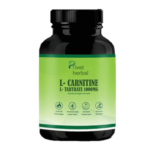What is Trulicity (dulaglutide)?
Dulaglutide is manufactured by U.S.-based company Eli Lilly and is part of the glucagon-like peptide 1 (GLP-1) receptor agonist drug class. These meds are unique because they mimic the GLP-1 incretin hormone in your body responsible for appetite regulation and blood sugar control. By mimicking the hormone, Trulicity works for weight loss by helping with satiety and stimulating the pancreas’s insulin secretion after eating to keep blood sugar levels stable. Trulicity combines with diet and exercise to control blood sugar levels and weight loss.
Even more, dulaglutide works by slowing digestion (stomach emptying), helping to make you feel fuller longer. But, this can also cause certain side effects and result in other oral meds digesting more slowly (we’ll cover all of this in detail in just a bit below).
Does Trulicity work for weight loss?
Even though Trulicity is FDA-approved for type 2 diabetes, research has shown it can be an effective tool for weight loss when used with healthy lifestyle changes.
The journal Diabetes Care published a clinical trial in 2014 of 1,098 patients with type 2 diabetes who took either a 1.5 mg or 0.75 mg dose of dulaglutide, sitagliptin 100 mg, or a placebo. It found those who took even the lowest dose of dulaglutide lost weight. After 52 weeks, participants lost an average of about nine pounds on the 1.5 mg dose of dulaglutide.
Likewise, in a study published in 2021 in Diabetes Care, patients with type 2 diabetes with an average body mass index (BMI) of 34 who had failed the first-line diabetes drug metformin were given once-weekly Trulicity doses of 1.5 mg, 3.0 mg, or 4.5 mg for 52 weeks. The randomized controlled trial of 1,842 patients found that the 4.5 mg dose of Trulicity was the most effective, and those who received the 4.5 mg dose had an average weight loss of about 10 pounds after 36 weeks.
So, Trulicity can be an option for you when it comes to your weight loss journey. As with any med, whether prescribed for weight loss directly or off-label, you’ll have the best results when used with physical activity, healthy food choices, getting enough sleep, and making sure your mental health is a top priority.
How long does it take Trulicity to work?
In one study published in Diabetes Therapy in 2021, researchers saw a decrease in blood sugar levels within the first 24 hours of injecting dulaglutide. However, they admit that further studies are needed to understand why this happened and to see if it continues to happen.
In a review of dulaglutide published in 2016 in the peer-reviewed journal Pharmacy & Therapeutics, researchers noted patients on dulaglutide lost about six pounds, which was “sustained over at least 26 weeks,” so it may take longer to achieve weight loss with dulaglutide.
Bear in mind that when taking Trulicity for weight loss, it won’t happen immediately. Sustainable weight loss takes patience, and it’s important to maintain it on your journey. But, if you think it may not be working as intended, let your health care provider know so they can offer suggestions or switch your meds to find the one that’s right for you.
What’s the dosing schedule for weight loss with Trulicity?
The recommended starting dose for Trulicity is 0.75 mg once weekly. After four weeks, the dose can increase to 1.5 mg. If tolerated, doses can increase by 1.5 mg every four weeks until you reach the maximum dose of 4.5 mg weekly.
How to inject Trulicity
Trulicity comes in a once-weekly prefilled injectable pen. You must store the pens in the fridge between 36°F to 46°F. You’ll inject the weekly dose into your upper thigh, upper arm, or abdomen (stomach).
To use the Trulicity pen, you and your health care provider will determine the best injection site. You’ll take your pen from the fridge, check to make sure it’s not expired, inspect that it isn’t damaged, and wash your hands very well. You’ll then uncap your pen, place and unlock your pen, then press and hold the button. Then, the Trulicity pen works its magic and inserts the medication under your skin. Watch the full video on using your Trulicity pen here.
What are the side effects of taking Trulicity for weight loss?
Your health care provider and pharmacist will cover all the bases of Trulicity with you before taking it. Also, immediately tell your doctor if you’re experiencing severe or adverse reactions. The most common side effects of Trulicity are:
- nausea
- diarrhea
- vomiting
- abdominal pain
- decreased appetite
Earlier, we mentioned stomach emptying (also called gastric emptying), and here’s an explanation. Because Trulicity slows the digestion of food in your stomach, it can also cause some meds to digest slower. The slowing may reduce the absorption rate, resulting in you not getting enough meds into your system. The manufacturer says to keep your doctor up to date with your oral medications and monitor them to ensure they’re being digested and stay effective in your body.
Additionally, some rare but serious side effects can occur when taking dulaglutide. Keep in mind that while we mention these side effects, the chance of them ever happening is extremely slim. Here’s the list:
- risk of thyroid C-cell tumors
- pancreatitis
- hypoglycemia
- hypersensitivity reactions
- acute kidney injury
- severe gastrointestinal disease
- diabetic retinopathy complications
- acute gallbladder disease
Who shouldn’t take Trulicity for weight loss?
Although there’s not enough information or data on taking dulaglutide while pregnant or breastfeeding, they suggest talking to your doctor or obstetrician before taking the medication to see if the benefits outweigh the possible risk to the fetus or the infant through breast milk.
Note that those with a personal or family history of a specific type of thyroid cancer called medullary thyroid carcinoma (MTC) or with the condition multiple endocrine neoplasia syndrome type 2 (MEN 2) shouldn’t take the drug. Lilly also warns, “Trulicity is not for use in people with type 1 diabetes and is not recommended for use in people with severe stomach or intestinal problems.”
How much does Trulicity cost?
The list price per 28-day supply of Trulicity is $930.88 per month when prescribed for those with type 2 diabetes. However, that is without any insurance coverage. Because Trulicity is a diabetes drug, many insurance companies cover it.
Eli Lilly explains that 92 percent of Trulicity prescriptions cost between $0 and $30 monthly. Of course, this depends on your insurance, area, local pharmacy prices, and availability.
Is Trulicity safe to take with other diabetes drugs?
Safety depends on the specific drug used with Trulicity, whether studies have determined safety with Tulicity, and what your doctor recommends. For example, metformin, the first-line type 2 diabetes drug, has been studied for use with Trulicity. The research determined the combo is safe and increases the efficacy in lowering blood glucose levels.
Other diabetes drugs like Victoza® (liraglutide), Rybelsus® (a semaglutide tablet), and Ozempic (a semaglutide injection) aren’t recommended with Trulicity because they’re also GLP-1s and can increase the risk of side effects or cause dangerously low blood sugar (hypoglycemia). Talk to your health care professional about other meds you’re currently on and any you’ve tried.
*GLP-1 Note: “GLP-1s are now available as part of Found’s weight loss medication offering. While GLP-1s are effective for weight loss, they are not clinically appropriate for everyone. Eligibility for a GLP-1 is based on a thorough evaluation of your medical history, eating behavior, lab work, and insurance coverage. If a GLP-1 is not appropriate for you, our providers will work with you to determine a safe, effective medication for your health profile.”
Found offers a science-backed approach to weight care that’s based on your unique biology, psychology, lifestyle, and prescription medication needs. The average Found member loses 10 percent of their body weight during their first 12 months on the program. In total, members have lost 800,000 pounds to date. To start your journey with Found, take our quiz.



